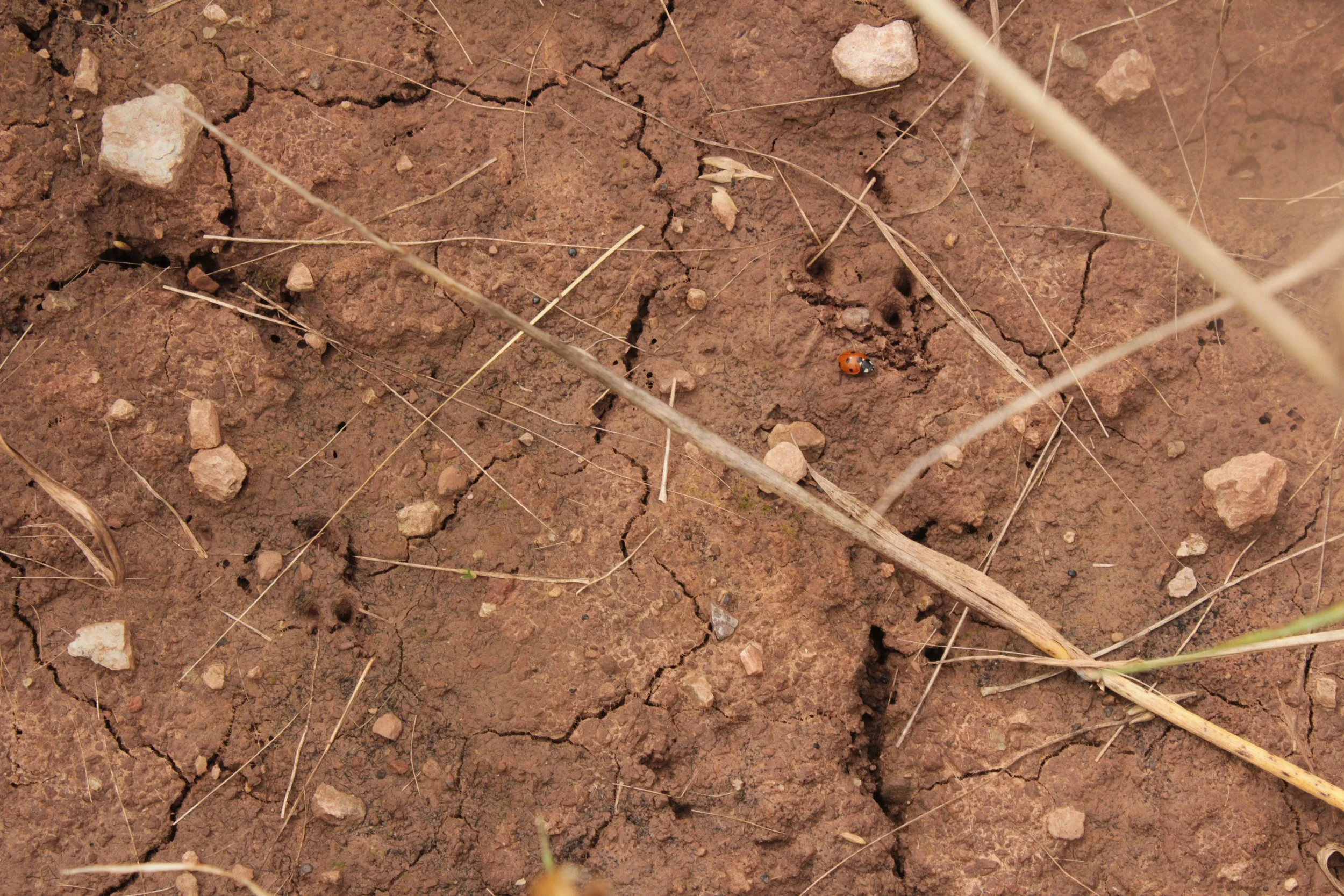Home / British mammals / Polecat
Polecat
Scientific name: Mustela putorius
The polecat has blackish guard hairs and a yellow undercoat. The 'mask' on the face is distinctive. Will hybridise with ferrets; hybrids often has paler fur and faded facial markings, but telling them apart is very difficult without genetic testing.
Taxonomy chart
Animalia - Chordata - Mammalia - Carnivora - Mustelidae - Mustela - M. putorius
Conservation status: UK Red List
GB: Least Concern
England:Least Concern
Scotland: Endangered
Wales: Least Concern
Global: Least Concern
Species information
Habitat: Urban & gardens, deciduous woodland, grassland, mixed woodland, arable land.
Description: Blackish guard hairs and yellow under fur on the body, giving ‘black and tan’ appearance; banded “bandit” face: pale muzzle, ear tips and ‘eyebrows,’ with a broad dark band around the eyes; darker legs and belly, short fluffy tail; is the size of a ferret.
Size: Males 33-45cm, females 32-39cm; tail length: 12-19cm.
Weight: Males weigh around 0.8-1.9kg, females 0.5-1.1kg.
Lifespan: Up to 14 years in captivity, probably five years in the wild.
Origin and distribution
Polecats are found throughout Wales where valleys and farms are favoured, the midlands and parts of central southern England, and are spreading steadily from these areas. There are isolated populations in Cumbria and Caithness, which probably result from unofficial releases. Once, polecats were widespread throughout Great Britain, but were nearly exterminated by 1915. They never occurred in Ireland or on the outer islands. Although they occur in a wide range of habitats, polecats prefer lowland areas. In England, farmland with hedgerows and small woods is preferred.
Diet
In summer, rabbits are a major food source, and polecats are slender enough to hunt them within their burrows. In winter, common rats become a favoured food, and sites with good rat populations become usual habitats. Birds may be taken and frogs may be important in spring, when gathered to spawn.
General ecology
Polecat dens are commonly found in rabbit burrows, especially in summer, but they frequently move into farmyards in winter, when they may den in hay bales, under sheds and in rubbish tips. Polecats have territories that vary in size according to habitat and food availability. For males they have been measured at 16-500 ha, and for females about 25-375 ha, using radio-tracking. Territoriality seems weaker in polecats than other mustelids, perhaps because they move around more to exploit seasonally abundant food sources. There are often piles of scats near den sites, but little evidence that scats are left around the territory to defend its borders. Polecats have scent glands either side of the anus, and they produce a pungent, repellent scent.
Breeding
Polecats have one litter a year, with 5-10 young born blind and hairless in late May-early June. They begin to take meat from 3 weeks, and stay with their mothers for 2-3 months. They reach adult size by autumn, and breed at one year old. Pregnancy is direct (no delayed implantation) lasting 40-43 days. Male polecats play no direct part in rearing the young.
Conservation status
In addition to its protection under the Wildlife and Countryside Act 1981, the polecat has recently (2007) been added to the list of UK BAP mammals, protected as species of principal importance for the conservation of biological diversity in England under Section 74 of the Countryside and Rights of Way (CRoW) Act 2000. Until the 19th Century, polecats were found throughout much of mainland Britain and the Isle of Wight. Habitat fragmentation, persecution by gamekeepers and being killed for their fur drastically reduced this distribution. The polecat population was reduced to about 5,000, but is now more than 46,000. Road accidents are a major threat as they tend to be attracted to other road kill items for food.
Identification
Generally has dark brown fur with creamy underfur that shows through. Thin dark brown/blackish coat in summer, but thicker paler coat in winter. Dark facial ‘bandit’ mask (dark always extends down to nose). There is white fur on muzzle, ‘eyebrows’ and ear margins. Long neck and body with short legs. Body length of 32-45cm and tail length 12-19cm.
Field signs: Download your printable field sign guide below.
Footprints: Star-shaped, five toes.
Droppings: Droppings have the typical twisted mustelid appearance. They are similar to American mink droppings but contain no fish remains and some plant material. Approximately 60-80mm long and 10mm thick. Colour: blackish. Smell: Foul smelling; like foetid meat, a distinctly unpleasant smell.
Download resources
Confusion species
American mink (Neovison vison)
American mink is a very similar size to the polecat. Mink is usually all dark brown besides a white patch under the chin. Polecat generally has blackish fur with creamy underfur that shows through, with a dark bandit mask over pale fur on the face.
Pine marten (Martes martes)
Pine marten is larger than polecat and the ears are larger and more conspicuous. Pine marten is dark brown with a paler cream/yellow bib down the throat and chest. Polecat has white band above the eyes and around the mouth, creating the appearance of a bandit mask, the pine marten does not have these facial markings. The pine marten has a much longer tail which is bushier than that of the polecat.
Polecat-ferret hybrid
Pure polecats have patches or a band of pale fur above the eyes and around the mouth, creating the appearance of a bandit mask (in pure polecat the dark always extends down to the nose). Polecat-ferret often has paler body fur has faded facial markings. Pure polecat has blackish fur with a cream underfur that shows through. Polecat-ferret may have cream patches on the throat which a pure polecat would not have. It is very difficult to distinguish between the two without genetic testing.
Identify sounds
Heard a curious animal sound but no idea whose making it?
Wildlife identification FAQ
Still not sure what you’ve found? Head over to our FAQ for an answer.







